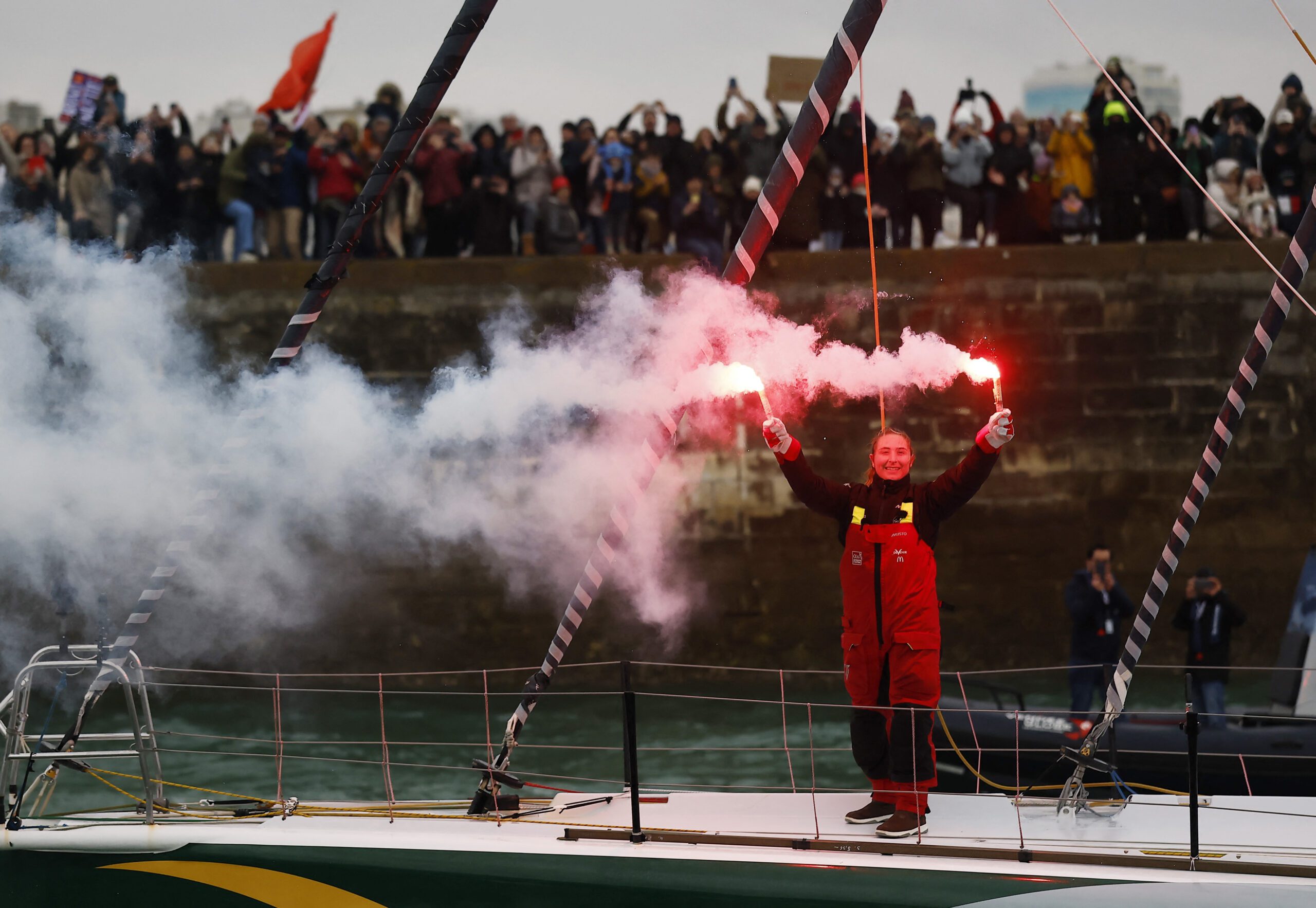SS Marine Electric
Thirty-six years ago this week, the SS Marine Electric sank off the coast of Virginia with the loss of 34 officers and crew. There were only three survivors. The tragedy resulted in major reforms in ship inspections and operations and ultimately saved many lives. Last month, a new documentary series premiered on the Smithsonian Channel, Disasters at Sea. The second episode of the series, Deadly Neglect, examines the sinking and subsequent investigation and aftermath of the loss of the SS Marine Electric. Here is a review.
The converted T2 bulk carrier, SS Marine Electric, sailed from Norfolk, Virginia on February 10, 1983, bound for Somerset, Massachusetts with a cargo of 24,800 tons of granulated coal. It was caught in a Nor’easter with seas over 25 feet and winds of 50 knots. The ship was further delayed after the US Coast Guard asked that it stand by the Theodora, a fishing boat which was taking on water in the heavy weather. Once the Coast Guard was able to lower pumps to the fishing boat, the Marine Electric continued on her voyage until forced to heave to in the worsening storm. On February 12, Captain Phillip Corl radioed to the Coast Guard that the ship was down by the head. The ship began to list heavily. The captain ordered the crew to abandon ship but the ship capsized before they could launch the lifeboats. All aboard died except for the Chief Mate Robert Cusak, the Third Mate Gene Kelly, and AB Paul Dewey. They each barely survived after more than 90 minutes in the icy Atlantic.
In the investigation which followed, ship owner, Marine Transport Lines claimed that the ship had been seaworthy and initially blamed the sinking on the ship touching ground when standing by the Theodora. When that was ruled out, they blamed the ship’s crew for not properly securing the main deck hatch covers. The testimony and records kept by the Chief Mate Bob Kusak, however, showed a pattern of poor maintenance and neglect that ultimately doomed the ship. The investigation also revealed lax inspection by both the Coast Guard and the American Bureau of Shipping.
Disasters at Sea — Deadly Neglect does an excellent job of telling a fascinating and complex story. The documentary uses actors cast to look like the individuals aboard the ship and involved in the investigation. The reenactment features shipboard sets blended with good quality computer graphics to create a gripping and rather harrowing recreation of what was going on as the tragedy progressed.
The reenactments are interspersed with interviews. To the extent possible, the documentary lets those involved in the tragedy and the investigation which followed tell their own stories. Gene Kelly, the Third Mate, describes what he saw and felt in the terrible hours before and after the sinking. Chief Mate Robert Cusak died in 2013, so his daughter Carol Cusak provides background on her father. James McCann, former Navy Rescue Swimmer, recounts swimming to the point of exhaustion to recover both the survivors and the causalities of the sinking.
Captain Peter Lauridsen and Robert Ford, former investigator for the Coast Guard and the NTSB describe how they worked to solve the mystery of the sinking. Robert Frump, award-winning former maritime writer for The Philadelphia Inquirer and author of a book about the Marine Electric, also provides his commentary.
Master Mariner Michael Carr and retired U.S. Coast Guard rescue swimmer Mario Vittone provide additional context to the story. I also appear briefly with a few comments.
Disasters at Sea — Deadly Neglect is an engaging look at a needless tragedy that ultimately resulted in significant and important reforms. Without being exploitative, it is gripping and vivid. Well worth watching.
In the United States, the series premiered on the Smithsonian Channel on January 20th but is still available to stream on many outlets. To learn where and how to watch this and other episodes of the series, click here. If not available on cable, the episode is available for sale from Amazon, Google Play, Vudu, iTunes, and FandangoNow for about $2. The series is expected to premiere in Canada in April.
Disasters at Sea is produced by Exploration Production Inc. in association with Smithsonian Networks and Discovery Channel (Canada).

 Join The Club
Join The Club











